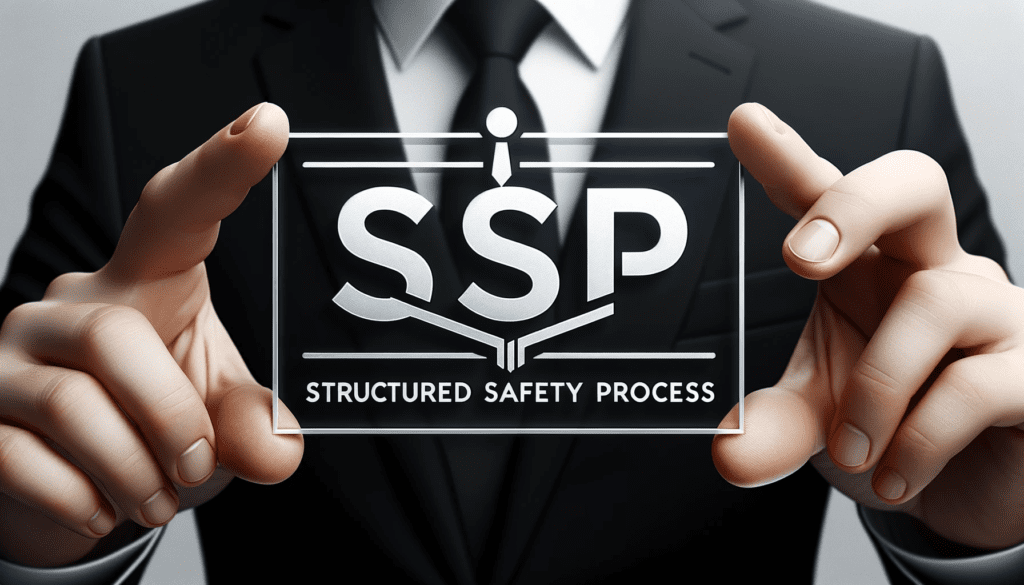
Improve Organizational Communication – Break Down Silos
Health, Safety, and Environment (HSE) systems are crucial for maintaining safe workplaces, preserving environmental integrity, and fostering a supportive culture. However, a lurking menace, known as ‘communication silos’, can severely impact a facility’s HSE performance and employee culture.
Communication silos occur when departments or teams within an organization lack effective communication pathways, leading to isolated information pockets. These silos tend to restrict the free flow of essential HSE information, and when left unchecked, they can negatively affect safety procedures, environmental regulations, and the overall workplace culture.
The Negative Impact of Communication Silos
In the context of HSE, communication silos can lead to
1. Incomplete Information Sharing: Siloed communication means crucial safety updates, environmental guidelines, or procedural changes may not reach every employee, increasing the risk of non-compliance and accidents.
2. Delayed Response to Hazards: In the event of an emergency, silos can result in delayed responses, as critical information may not be disseminated quickly and appropriately.
3. Impaired Culture: Silos can lead to a lack of collaboration and trust among teams, negatively affecting the overall company culture and lowering employee morale.
How Communication Silos Occur
Typically, communication silos occur due to organizational structure, geographical separation, lack of leadership engagement, and absence of standard communication protocols. In some cases, competition between departments or a lack of technological infrastructure can further contribute to silo creation.
Improve HSE Performance
Breaking down communication silos involves creating an open, collaborative, and unified environment. Here’s how you can start
1. Fostering Open Communication: Encourage open discussions between different departments. Regularly scheduled meetings where employees can share updates, insights, and concerns can build bridges and facilitate information exchange.
2. Employing Digital Solutions: HSE software can help overcome physical barriers and enhance cross-departmental collaboration. A central, accessible platform can provide real-time updates, automate reminders, and encourage interactive engagement.
3. Leadership Engagement: Leaders should model open communication and collaboration. By showing their commitment, they can inspire their teams to follow suit.4. Improve Feedback Loop: Improving the feedback loop in an organization is vital for effective communication and overall productivity. It starts by fostering a culture of open dialogue and transparency, where employees feel safe and encouraged to voice their concerns, issues, or suggestions. When feedback is received, superiors should acknowledge it promptly, displaying empathy and understanding.
Create an Improvement Plan
To address communication silos in your organization, consider this three-step plan
1. Diagnosis: Conduct a comprehensive audit to identify existing communication silos. Use surveys, feedback sessions, and data analytics to gain insights into communication patterns and barriers within your organization.
2. Strategy Development: Once you understand the communication gaps, develop a strategic plan to bridge them. This might involve revamping communication protocols, investing in new technology, or redefining organizational structure.
3. Implementation & Review: Implement the strategy, ensuring all employees are on board and understand their roles in breaking down communication silos. Continually review the effectiveness of your strategy and make necessary adjustments.
In conclusion, communication silos can be a serious detriment to an organization’s HSE performance and employee culture. However, with a clear understanding of their formation, effects, and methods to dismantle them, you can ensure your company upholds the highest HSE standards while promoting a culture of unity and collaboration.


How The Structured Safety Process Improves Communication
- Creates a structure within your organization to streamline communication
- Sequential Meeting system that allows communication to flow up and down
- Creates a feedback loop
Follow The SRI Group on LinkedIn for more
Follow Here
